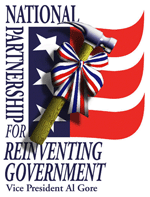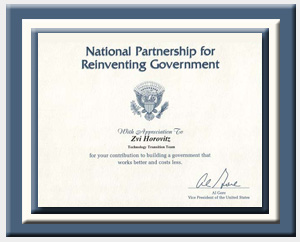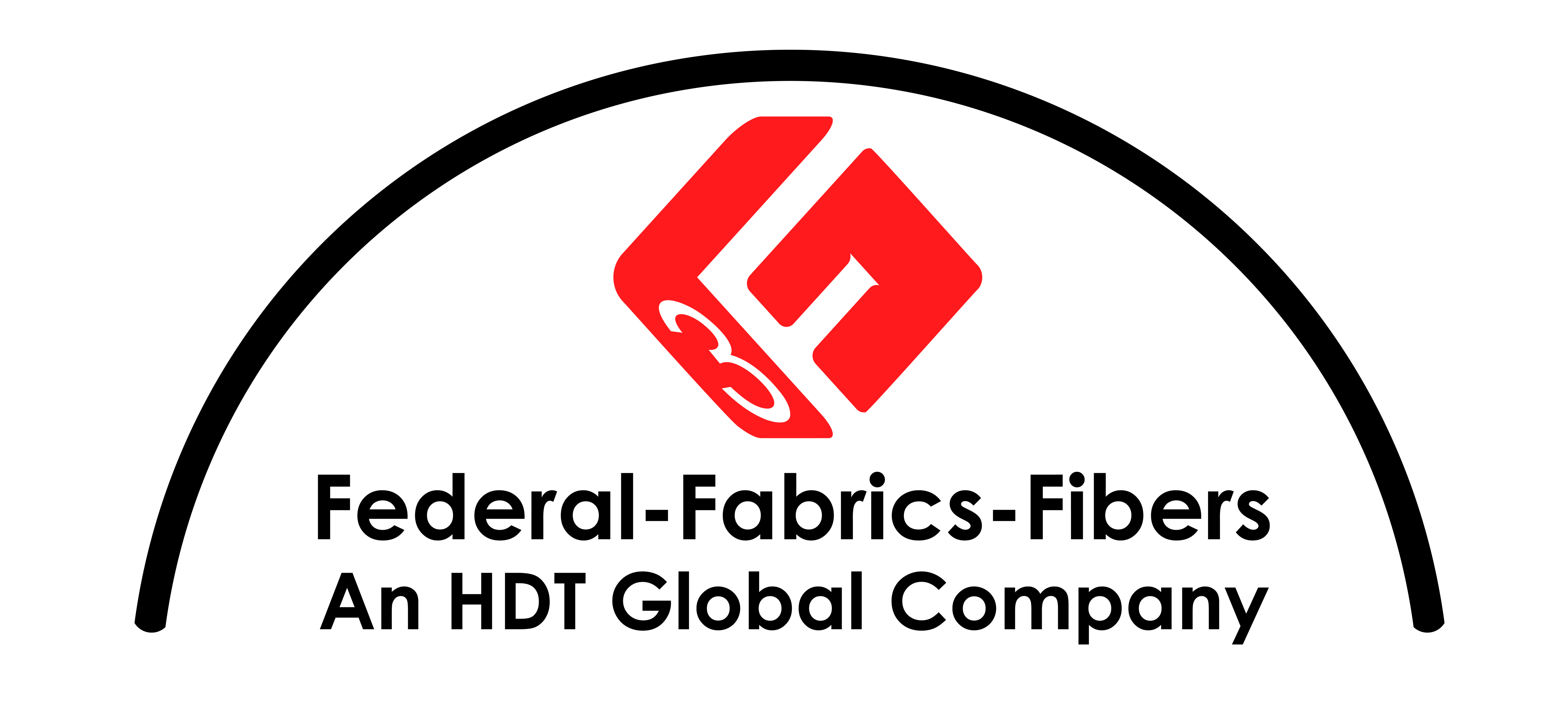AWARDS AND CREDENTIALS
HONORARY AWARDS
Stevie Awards- The Worlds Premier Business Award Competition
New England Women Business Owners (NEWBO) Quest Award
Vice Presidents Hammer Award
The Hammer Award is presented to teams of federal employees who have made significant contributions in support of reinventing government principles. The Award is the Vice President’s answer to yesterday’s government and its $400 hammer. Fittingly, the Award consists of a $6.00 hammer, a ribbon, and a note from former Vice President Gore, all in an aluminum frame. Hammer Awards have been presented to teams comprised of federal employees, state and local employees, and citizens who are working to build a better government.



US Army SBIR Award
SBIR is a highly competitive program that encourages small businesses to explore their technological potential and provides the incentive to profit from its commercialization. By including qualified small businesses in the nation’s R&D arena, high-tech innovation is stimulated and the United States gains entrepreneurial spirit as it meets its specific research and development needs.
SBIR targets the entrepreneurial sector because that is where most innovation and innovators thrive. However, the risk and expense of conducting serious R&D efforts are often beyond the means of many small businesses. By reserving a specific percentage of federal R&D funds for small businesses, SBIR protects the small business and enables it to compete on the same level as larger businesses. SBIR funds the critical startup and development stages and it encourages the commercialization of the technology, product, or service, which, in turn, stimulates the U.S. economy.
Since its enactment in 1982, as part of the Small Business Innovation Development Act, SBIR has helped thousands of small businesses to compete for federal research and development Awards. Their contributions have enhanced the nation’s defense, protected our environment, advanced health care, and improved our ability to manage information and manipulate data.
SBA Tibbetts Award
SBIR AWARDS
SBIR I- Advanced Structural Development of a Deployable Cargo Deck Covering System
SBIR I- Self-Sufficient Shelter
Federal Fabrics Fibers is engineering a self-sufficient shelter for BEAR (Basic Expeditionary Airfield Resources) base operations. This self-sufficient 25′ x 75′ shelter will be capable of housing 25 to 30 airmen with 10 kW of electrical power.
The technical challenges include:
Energy – The generation and storage of sufficient energy to sustain the self sufficient shelter
Water – Water requirements are 1 gallon/person/day.
Environmental Conditions – Shelter should be fully operational in snow, wind, rain & extreme temperatures
SBIR II- Rigid AirBeam
Current permanent shelters for forward base operations are heavy, bulky, labor-intensive, and don’t fully meet the needs of advanced weapon systems. A lightweight state-of-the-art, self-deployable, low maintenance, permanent shelter is desired. A fabric shelter, supported using AirBeams satisfies the requirements of protecting modern aircraft and personnel. AirBeam supported shelters are designed for quick and easy deployment, and strike, making them ideal for deployment at forward locations. They are considered temporary structures.
It is desired to utilize the rapid deployment characteristics of an AirBeam shelter, then transform it into a reliable long term use item by rigidizing the AirBeam framework freeing it from the need to remain inflated. Two rigidizing methods have been identified, filling the AirBeams with a structural rigid foam, and/or applying a rigid fiberglass-epoxy composite over the AirFrame.
The Phase II will address further testing and evaluations of scaled (solid and annular foam filled, as well as reinforced epoxy coated) and full sized (using the best scaled options) rigidized AirBeams. At least 3 full sized rigidized AirBeams will be load tested. In addition, a 1:2.6 (36/14) scaled prototype rigidified AirBeam shelter will be produced and evaluated.
Anticipated Benefits:
A successful, lightweight, quick-setup, foam-filled beam shelter will have a multitude of commercial applications in addition to the deployed forces. Temporary hospitals and portable tents during natural disasters are two potential applications. This technology may be applied to other uses such as the manufacture of pontoons, floating platforms or bridges.
